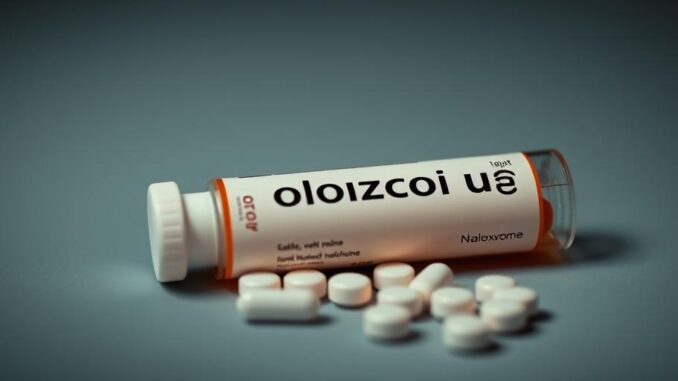
Summary
A significant decline in U.S. overdose deaths marks a turning point in the fight against addiction. Multiple factors, including increased access to naloxone and community-based prevention efforts, contribute to this positive trend. Sustained public health initiatives and harm reduction strategies remain crucial to maintaining progress and addressing the ongoing challenges of addiction.
** Main Story**
It looks like we might finally be seeing some light at the end of the tunnel in the U.S. opioid crisis. The Centers for Disease Control and Prevention (CDC) just released some preliminary data, and it shows a significant drop in drug overdose deaths. Honestly, it’s the first major decline we’ve seen since this whole crisis began, and it’s a much-needed breath of fresh air. This encouraging trend suggests we could be at a turning point in a battle that’s taken way too many lives. Of course, it’s a complex situation, but it really highlights how effective those public health interventions and community efforts can be.
The Numbers Don’t Lie, Do They?
The data’s pretty compelling. We’re talking about a nationwide decrease in overdose deaths, with some states even seeing declines of up to 30%. What’s really encouraging is that this positive trend isn’t limited to one group – it’s across various demographics. It seems like those targeted interventions are actually making a difference. That said, while it’s definitely encouraging, it’s important to stay realistic. The fight against addiction is a marathon, not a sprint, you know?
What’s Behind This Shift?
So, what’s actually driving this decline in overdose fatalities? Well, according to the experts, it’s a mix of things, I mean harm reduction strategies, better access to naloxone, community prevention programs, and even shifts in how people are using drugs and what’s available. Let’s break it down:
- Naloxone is a Game Changer: The fact that naloxone is more widely available is huge. It reverses opioid overdoses super quickly, and that’s obviously saving lives. By getting it out there through community programs, harm reduction centers, and even law enforcement, we’re giving people on the front lines the tools they need.
- Community-Based Prevention is Key: Local prevention efforts are working because they’re tailored to specific drug use patterns. When public health agencies, community organizations, and law enforcement work together, they can focus on education, outreach, and really effective harm reduction strategies.
- The Drug Landscape is Always Changing: Drug use patterns and what’s in the supply are always shifting, and it impacts overdose trends. We’ve got to keep an eye on these shifts so we can adapt our public health responses and make sure our interventions are hitting the mark.
- Harm Reduction is Gaining Momentum: The adoption of harm reduction strategies is helping a lot. Instead of just focusing on preventing drug use, it prioritizes interventions that save lives right now. Think naloxone distribution, fentanyl test strip programs, and even safe injection sites. The goal is to reduce the negative consequences and get people connected with treatment resources.
I remember reading a story about a small town in Ohio that completely turned things around by focusing on these community-based approaches. It’s proof that these things can work, you know?
Keeping the Ball Rolling
Even though we’re seeing progress, we can’t just sit back. We’ve got to keep pushing forward with comprehensive harm reduction and addiction treatment strategies if we want to maintain this positive momentum.
- Addressing the Disparities is Important: Overdose rates are still way too high in underserved communities. It is vital we Ensure everyone has fair access to harm reduction resources and addiction treatment. It’s about focusing on the communities that have been hit hardest by the opioid crisis, like minority groups and people experiencing homelessness.
- Expanding Access to Treatment, its not a joke: We need to make it easier for people to get into evidence-based addiction treatment programs. Medication-assisted treatment (MAT), which combines medications with counseling and behavioral therapies, can make a huge difference for long-term recovery.
- Public Health Funding Matters: We can’t afford to cut back on public health funding. It’s essential for data collection, research on drug trends, and supporting those community-based harm reduction initiatives. It is also important to note that without investment, these important initiatives are not possible.
This decline in overdose deaths is a real beacon of hope in a tough situation. By staying focused on harm reduction, expanding treatment access, and addressing disparities, we can keep this momentum going and save even more lives. The fight’s not over yet, not by a long shot. But it shows that progress is possible when we use evidence-based strategies and work together as communities. And let’s not forget, every statistic represents a real person, and every life saved is a victory in this battle. I believe we’re on the right path, and that if we continue down it, we can make a difference.


Be the first to comment